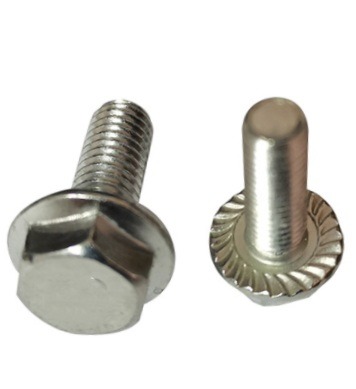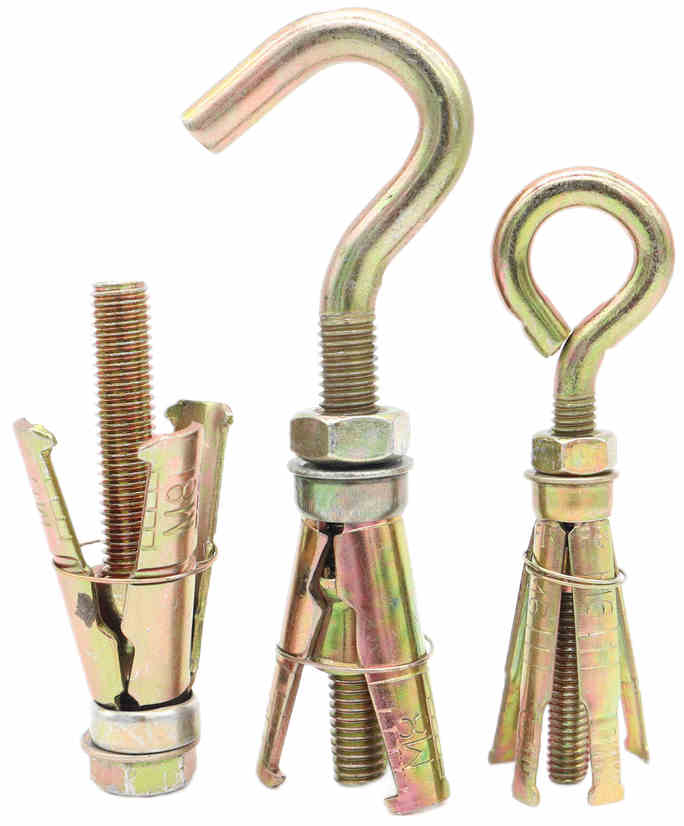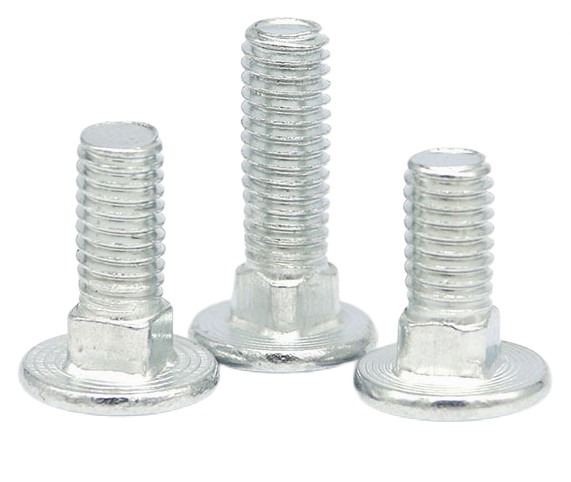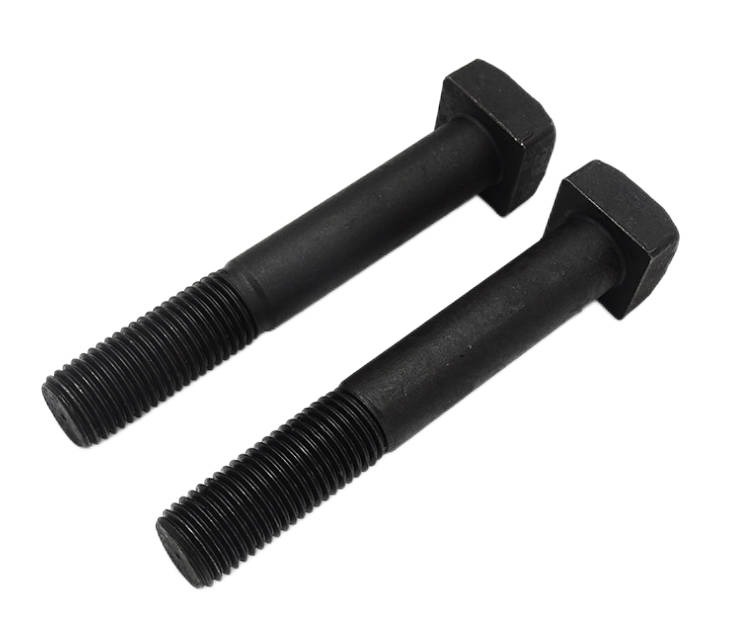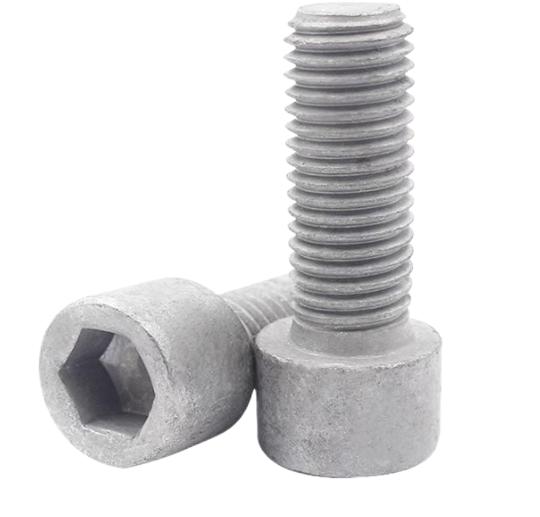How to Measure Bolts Accurately: A Detailed Step-by-step Guide
Knowing how to measure bolts accurately is vital whether you’re a DIY enthusiast, a handyman, or a professional in the engineering and construction business. Bolts are fundamental fasteners that are used to securely link various materials together. It is critical to measure bolts precisely to achieve a proper fit and avoid mistakes. In this post, we will lead you through the process of measuring bolts step by step, including various measures and considerations to consider.
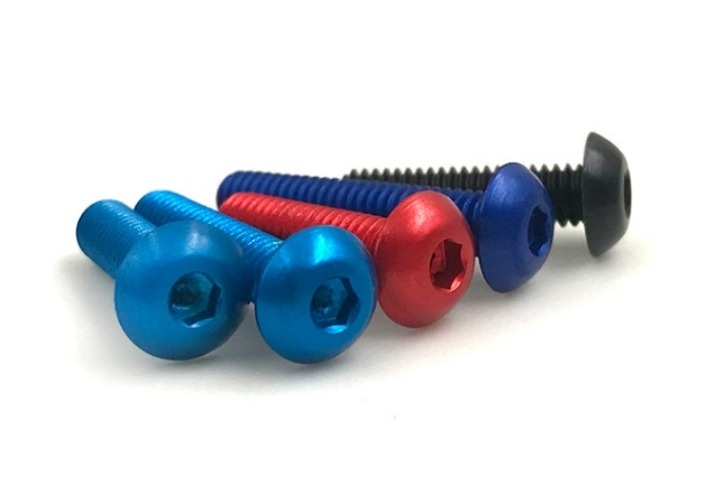
Step 1: Determine the Diameters of the Bolts
The first and most important step in measuring bolts is determining the diameter of the bolt. You’ll need a caliper or a bolt gauge for this.
External Threads (Unified Thread Standard – UTS)
Place the bolt on a flat surface and make it horizontal.
With the caliper or bolt gauge, measure the distance across the widest part of the bolt’s thread. This is the major diameter (the outer diameter) of the bolt.
Internal Threads (Unified Thread Standard – UTS)
The inner diameter of the nuts must be measured. Measure the largest part of the threaded aperture once more with a caliper or a nut gauge. This is the nut’s minor diameter (the inner diameter).
Step 2: Count Threads per Inch (TPI) to Identify the Thread Density on Bolts
Identifying the thread density on a bolt requires counting threads per inch (TPI). It explains thread size, pitch, and compatibility with nuts or threaded holes.
External Threads (Unified Thread Standard – UTS)
Put the bolt in a vice or hold it tightly.
Count the number of threads that fit within one inch using a thread pitch gauge. For accurate readings, align the gauge’s teeth with the bolt’s threads.
Internal Threads (Unified Thread Standard – UTS)
The TPI of nuts can be determined by counting the number of threads along the length of an inch with a thread pitch gauge.
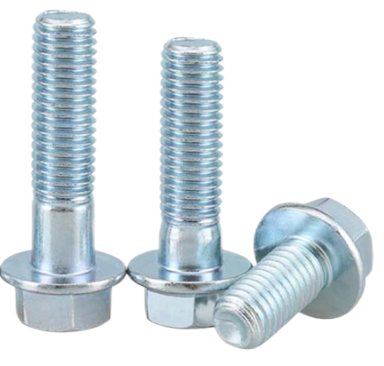
Step 3: Measure the Lengths of Bolts
To measure the bolt’s length, follow these steps:
External Threads
Set the bolt down on a flat surface.
Measure the distance from the base (bottom) of the bolt’s head to the tip with a ruler or measuring tape.
Internal Threads
For fully threaded bolts, measure the entire length from one end to the other.
For partially threaded bolts, measure from the base (bottom) of the head to the beginning of the threaded section.
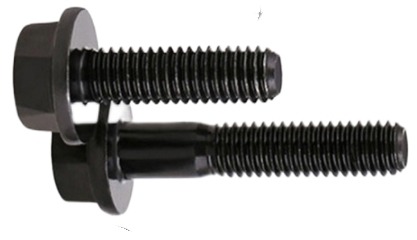
Step 4: Identify Head Types of Bolts
It is critical to precisely identify the bolt head type before attempting to install or remove the bolt in order to use the suitable tool and create a secure connection.
Bolt heads come in a variety of shapes and styles, each with its own function and use. Here are some of the most prevalent bolt head styles.
Hex Head (Hexagonal Head)
One of the most common bolt head types is the hex head bolt. It has a six-sided head with flat surfaces that make it easier to hold with a wrench or socket. Hex head bolts are widely utilized in the construction, manufacturing, automotive, and general-purpose industries.
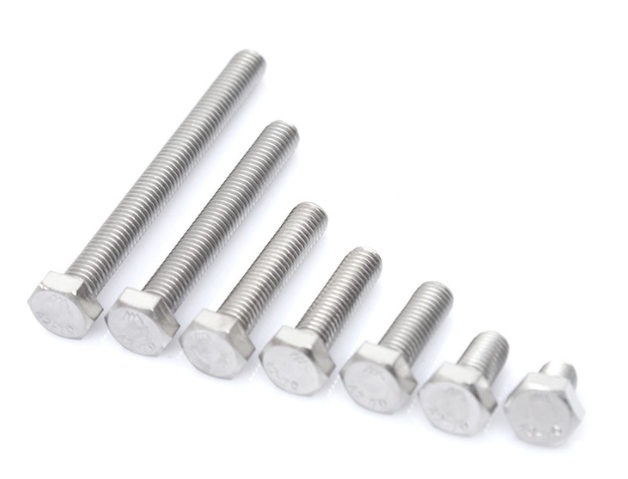
Square Head
Square head bolts feature a square-shaped head with four sides. These bolts are intended to be tightened and loosened with a square wrench or a square socket. They are frequently employed in situations where the bolt must resist rotation, such as heavy-duty construction and timber connections.
Round Head
Round head bolts feature a rounded, domed head, as the name implies. They are frequently utilized in situations when a smooth and visually pleasant appearance is sought. The round head has a tidy and finished appearance while providing adequate strength for typical applications.
Flat Head (Countersunk Head)
Flat head bolts have a flat top surface and are intended to sit flush with the material’s surface when placed. The head is commonly angled at 82 or 90 degrees, allowing the bolt to sit in a countersunk hole. These bolts are widely employed in applications that require a smooth surface to avoid interference or for ornamental purposes.
Pan Head
Pan head bolts have a low-profile, somewhat rounded head with a flat top. They resemble flat head bolts but do not have the 82 or 90-degree angle. Pan head bolts are useful in a variety of applications where a low-profile, rounded head is preferred.
Phillips Head
The top of Phillips head bolts has a cross-shaped recess. They are meant to be utilized with Phillips screwdrivers, making manual installation simple. Phillips head bolts are frequently used in consumer electronics, home appliances, and other light-duty applications.
Torx Head (Star Head)
Torx head bolts are distinguished by a six-pointed star-shaped recess on the top of the head. When compared to Phillips head bolts, they enable superior torque transfer and less slippage. Torx head bolts are widely used in the automotive, electronics, and manufacturing industries.
Socket Head
Socket head bolts feature a hexagonal depression in the head and must be installed and removed with an Allen wrench (hex key). These bolts are frequently used in precision machinery, furniture assembly, and other applications that need a low-profile head.
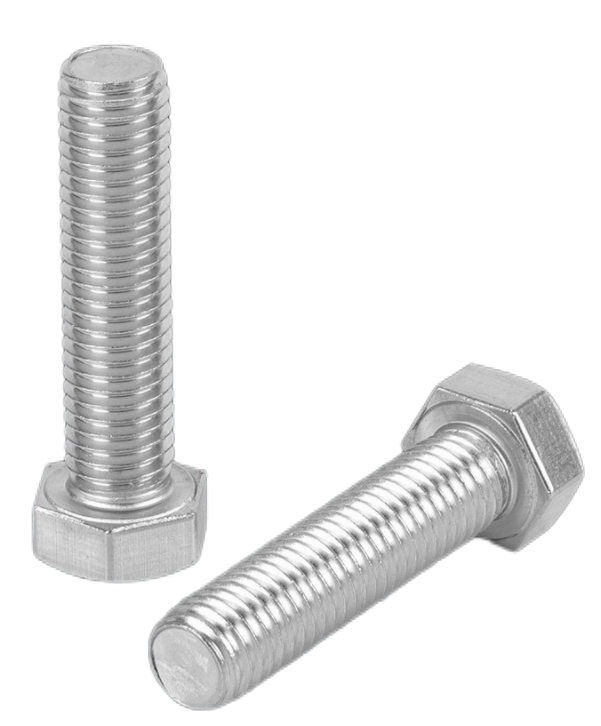
Summary
When it comes to bolts, accurate measurements are critical. Knowing how to properly measure bolts ensures a flawless fit for your projects, avoiding potential complications such as poor connections or over-tightening, which could lead to bolt failure. You can confidently measure bolts with the correct instruments and a clear grasp of the stages involved, making your DIY projects or professional activities safer and more successful.

